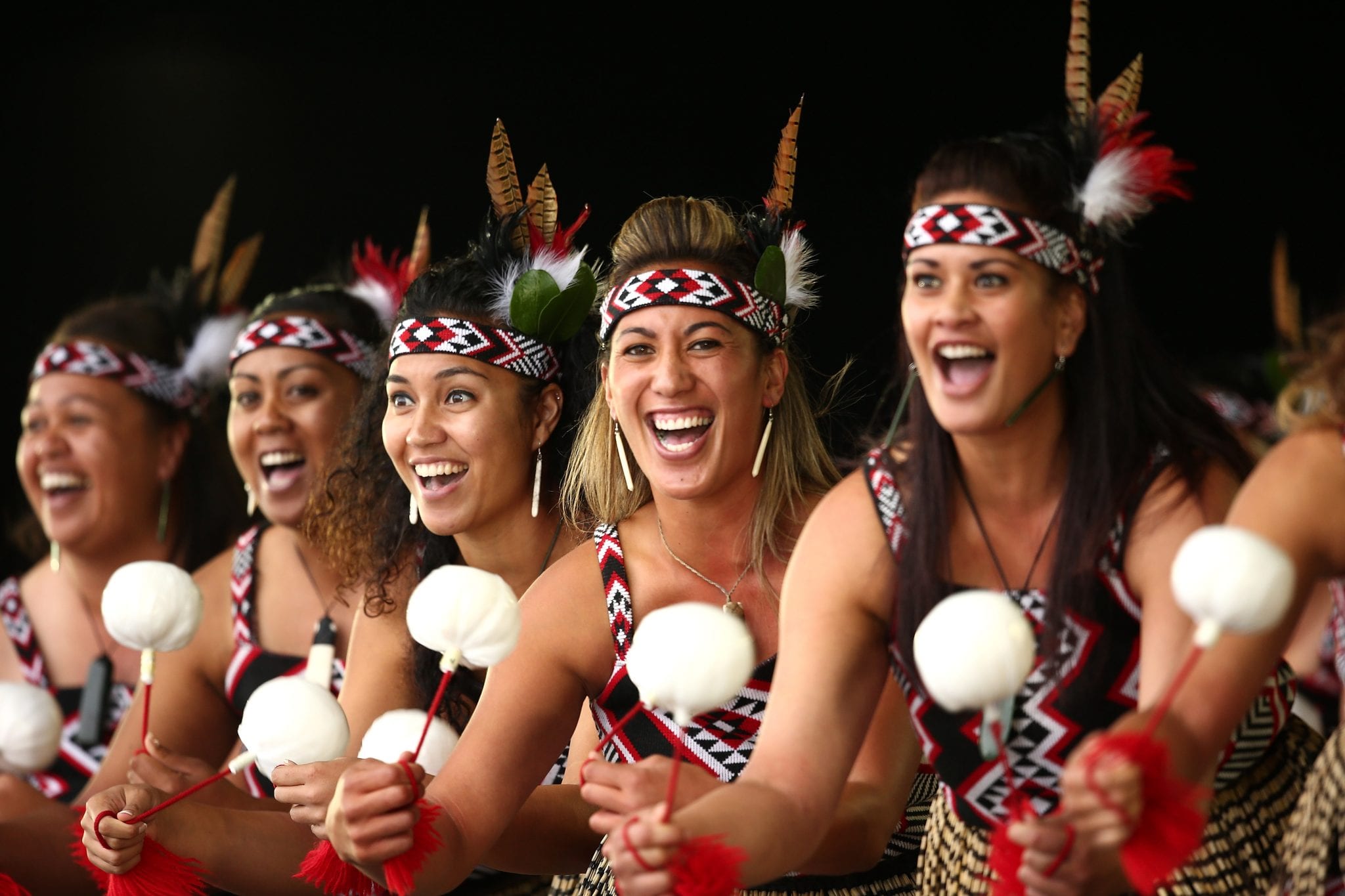This musical feature is focused on the very extensive tradition of Maori music and dance. The Maori song (waiata) were written to mark important events such as childbirth, a wedding or the death of a chief.
Waiata serve many functions. They can be used to support a whaikōrero (formal speech) or sung to express grief after a death. Waiata were used to help teach children, to urge people to take up a cause, or to mourn in times of loss. Waiata can record a tribe’s past by referring to ancestors, events and places. They are sometimes used to settle historical debates.
Traditionally, waiata were always performed in unison with very few actions and with no musical instruments or choreography. While this is still the case today, contemporary waiata are commonly sung with accompaniment, include harmony, and are performed with complicated actions and choreography. Different iwi (tribes) often have their own waiata, with many composed centuries ago. However, there are a lot of waiata that are now generally accepted as common property. This often happens when a waiata has an appealing tune or the lyrics express the sentiments of a tribe so well that it is taken over by others.
Probably better known is the haka, haka is a subclass of waiata and a type of ceremonial dance. You can see an example right here:

